
Norma Ecostrike Silencer 8x57 JS 160 gr
Range
Wound Channel
Penetration
Stopping power
I love moose hunting with dogs, when the interaction between me and my six-year-old mixed breed Asti, is total. Together with him I hunt wild boar, fallow deer, red deer and not least moose. It is such a wonderful feeling to hunt with him on our own hunting grounds of about 2200 hectares, 80 km southwest of Stockholm. This week we have hunted moose, where we have managed to get a moose calf with an ECOSTRIKE in caliber 8x57 - so today's menu consists of a wild version of a classic Swedish dish.
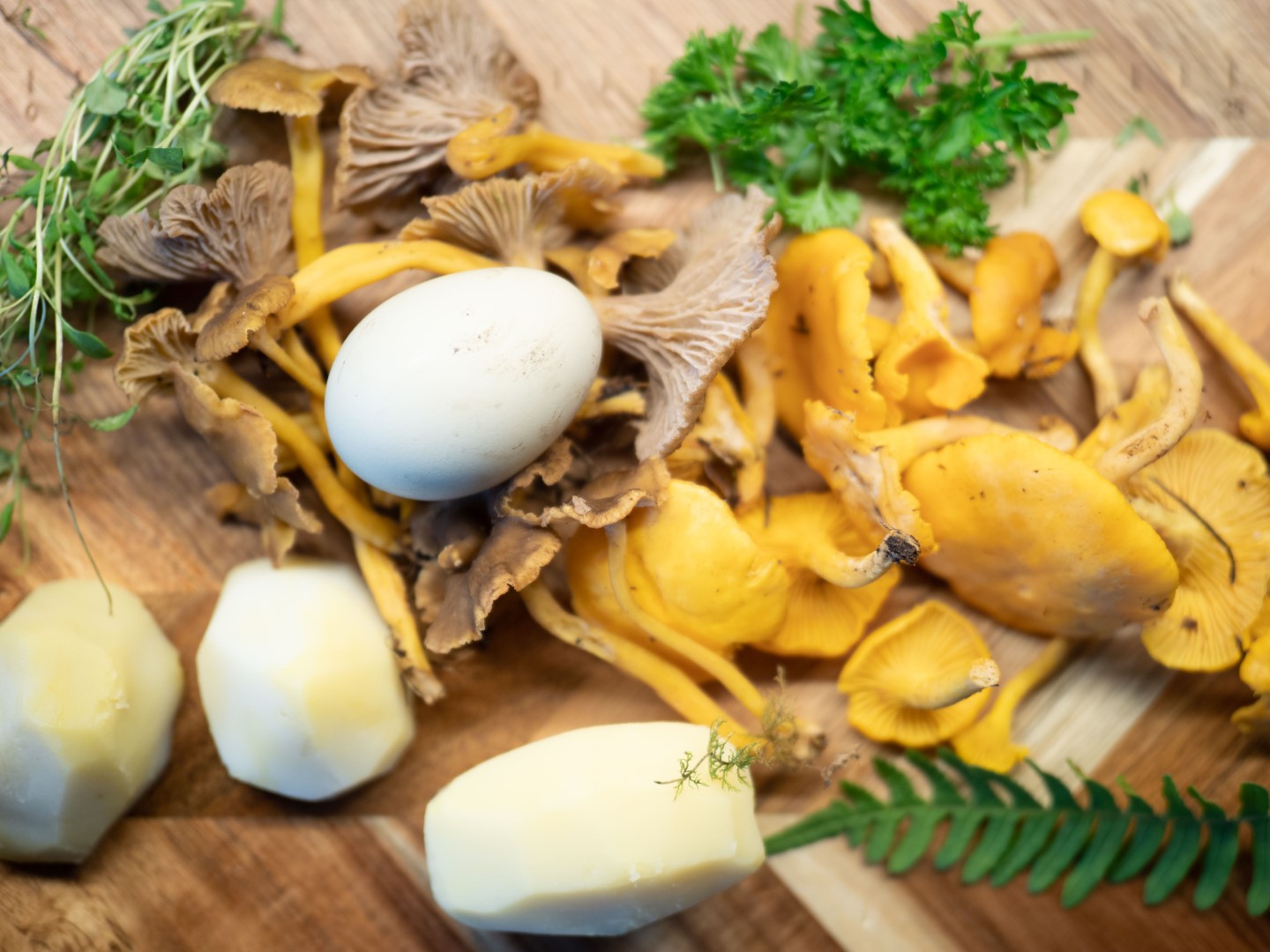
The chanterelle sauce:
The chanterelle sauce takes some time, so a good idea is to start with. Start by finely chopping the onion and fry it in a little oil in a frying pan or saucepan. When the onion starts to soften and starts to get a little color, then pour down the cream, milk and bring to a boil, lower the temperature and let it simmer, and reduce until you are happy with the thickness, about half. Just before you are done, pour on the wine and add the chanterelles so that it boils for a while, so that you still have some chewing resistance left in the chanterelles. Taste with salt and pepper.
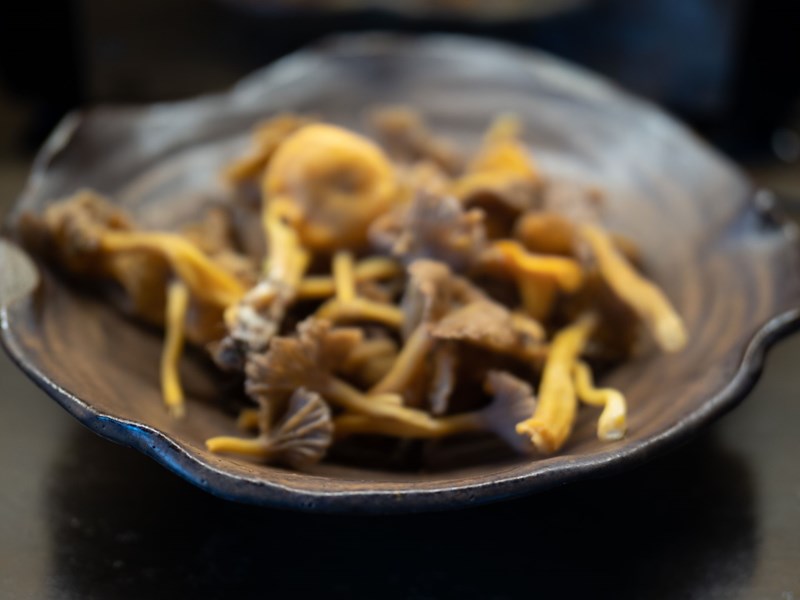
The mashed potatoes:
Peel the potatoes, boil them with plenty of salt until the potatoes are "al dente". Pour out the water, pour in the cream, dice the butter, take the pepper mill and pepper with freshly ground white pepper. Take out an electric whisk, press down and mash the potatoes with the whisks before you start the electric whisk on the lowest turn, mix, pour in cream or milk to whisk until you have a desired texture on the mash.
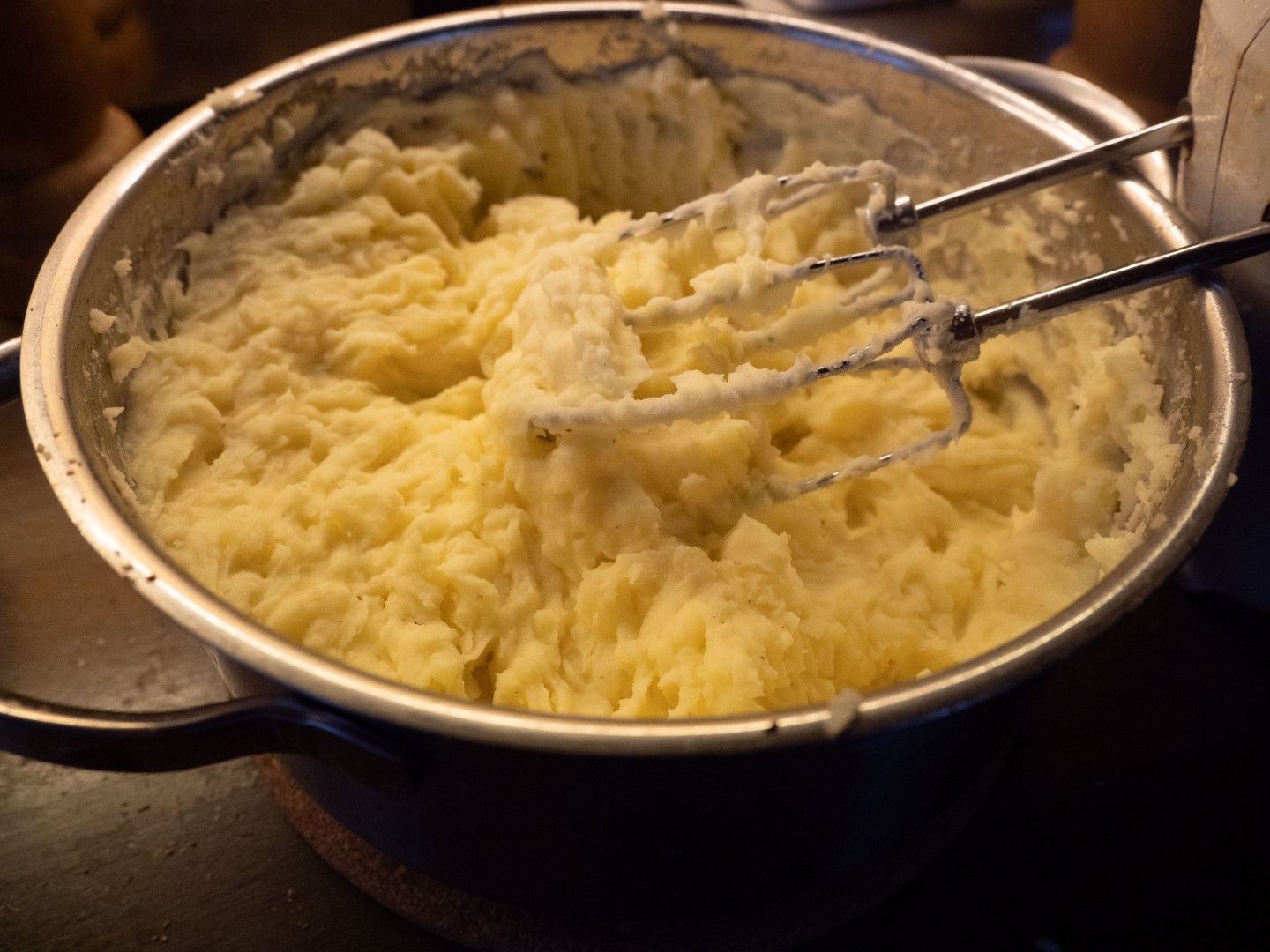
The moose salisbury steak:
Chop and fry the onion in the pan with a little oil, then place on a plate so that it cools. Put the minced meat in a bowl, finely chop the parsley, add the egg, mash in the potatoes, salt and pepper, mix the minced meat so it becomes smooth and malleable, taste with salt and pepper. Then shape the salisbury steaks with your hands and place in the frying pan together with a generous dollop of butter and a few sprigs of thyme. Fry the steaks on medium heat to an internal temperature of about 52 degrees, then they go up to about 54 degrees before serving - then they will be perfect in my opinion! If you want them well-fried, you can go to 58 degrees Celsius.
Finish by sautéing some saved chanterelles in butter for serving, but do not forget to salt and white pepper.
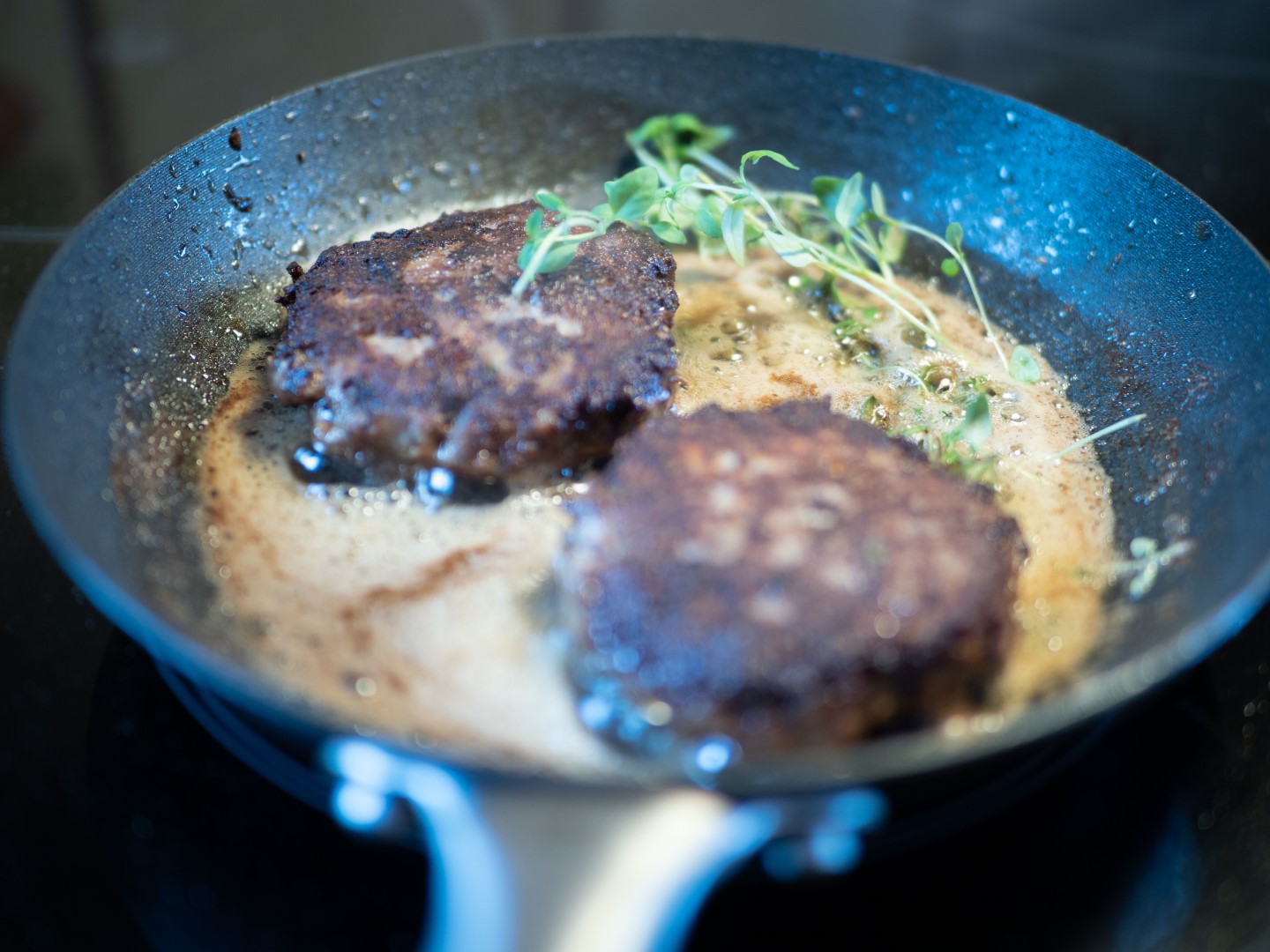
Time for serving
Now it is important to time it, so that all parts are finished at about the same time, the sauce can stay on maintenance heat on the stove and the lid on the pan with the mashed potatoes, then it's time to put it on the plate. A big dollop of mashed potatoes, a couple of tablespoons of sauce, add two moose steaks, top with raw lingonberries, the butter-fried chanterelles and a few tops of the parsley. Pour something good to drink - and enjoy! Do not forget to tell the story of how the moose ended up coming from the field to the plate. A tradition that must not be forgotten! We must pass on this thousands of years of tradition to children and grandchildren. The game food tastes better then somehow!
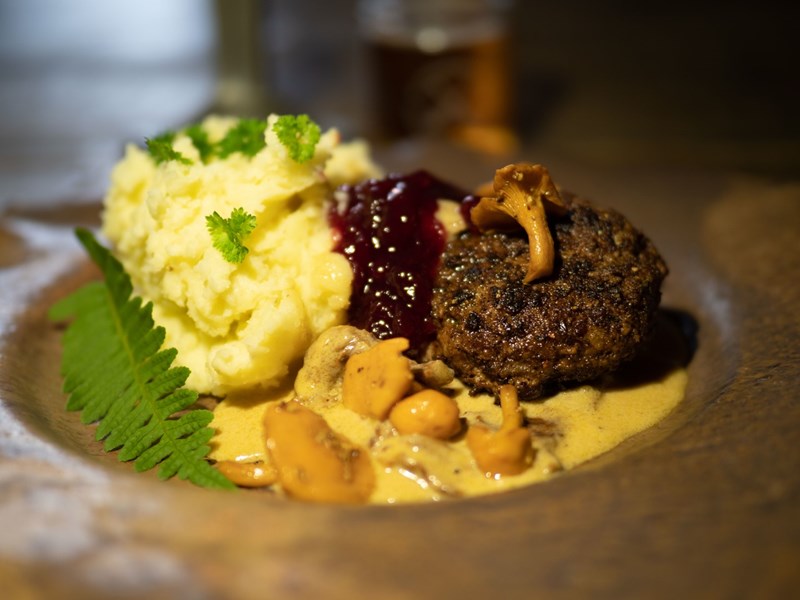
Text and photo: Jimmy Stening